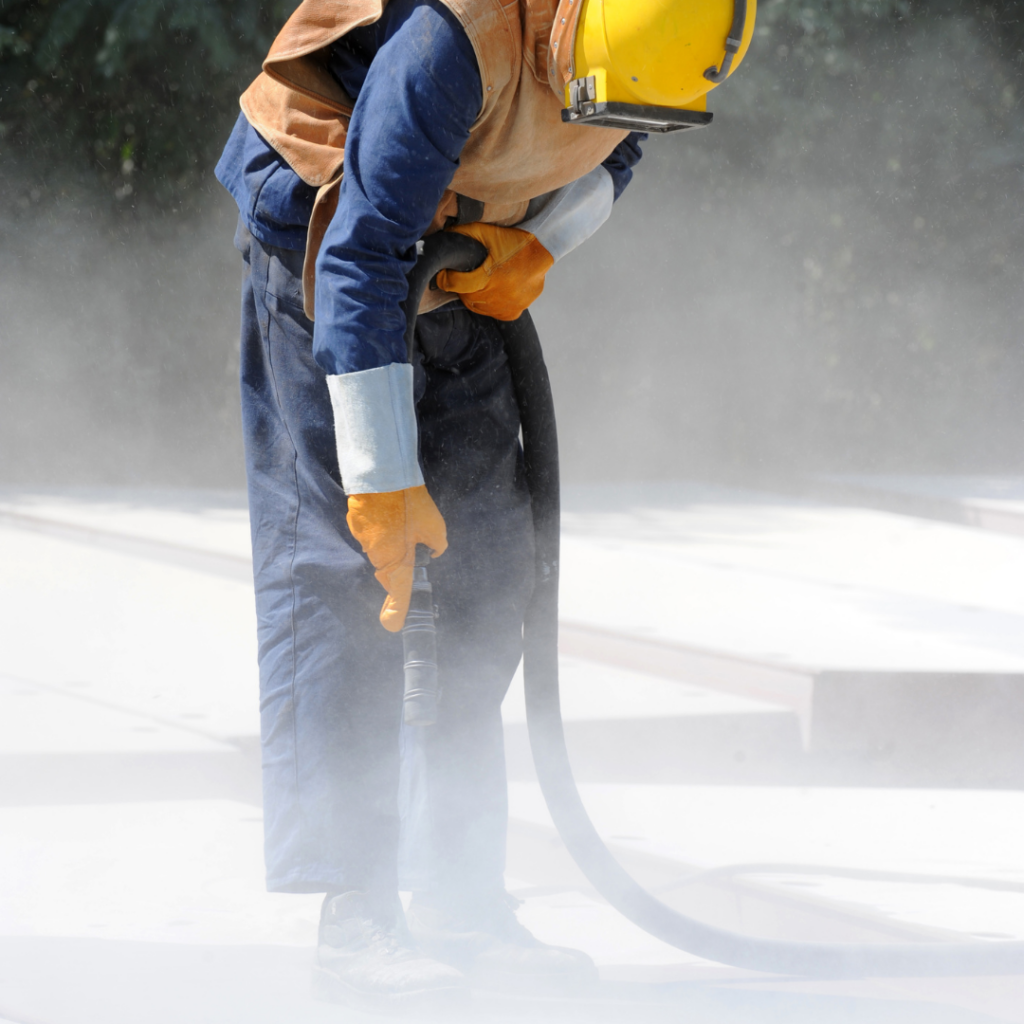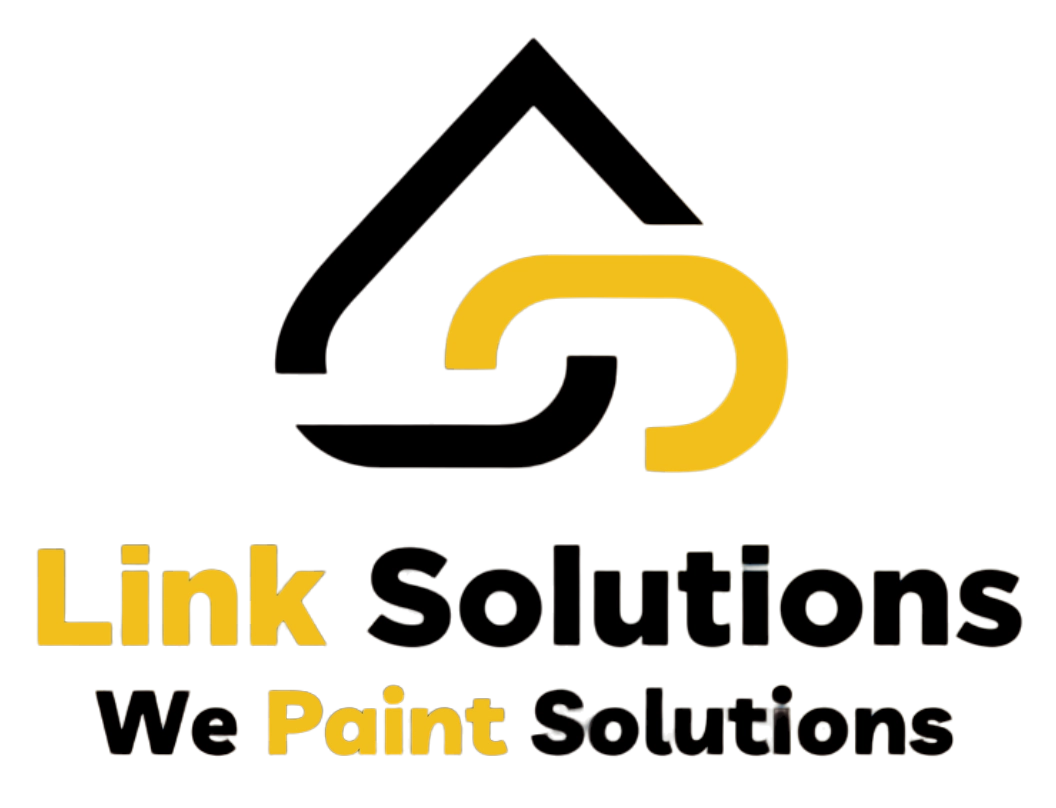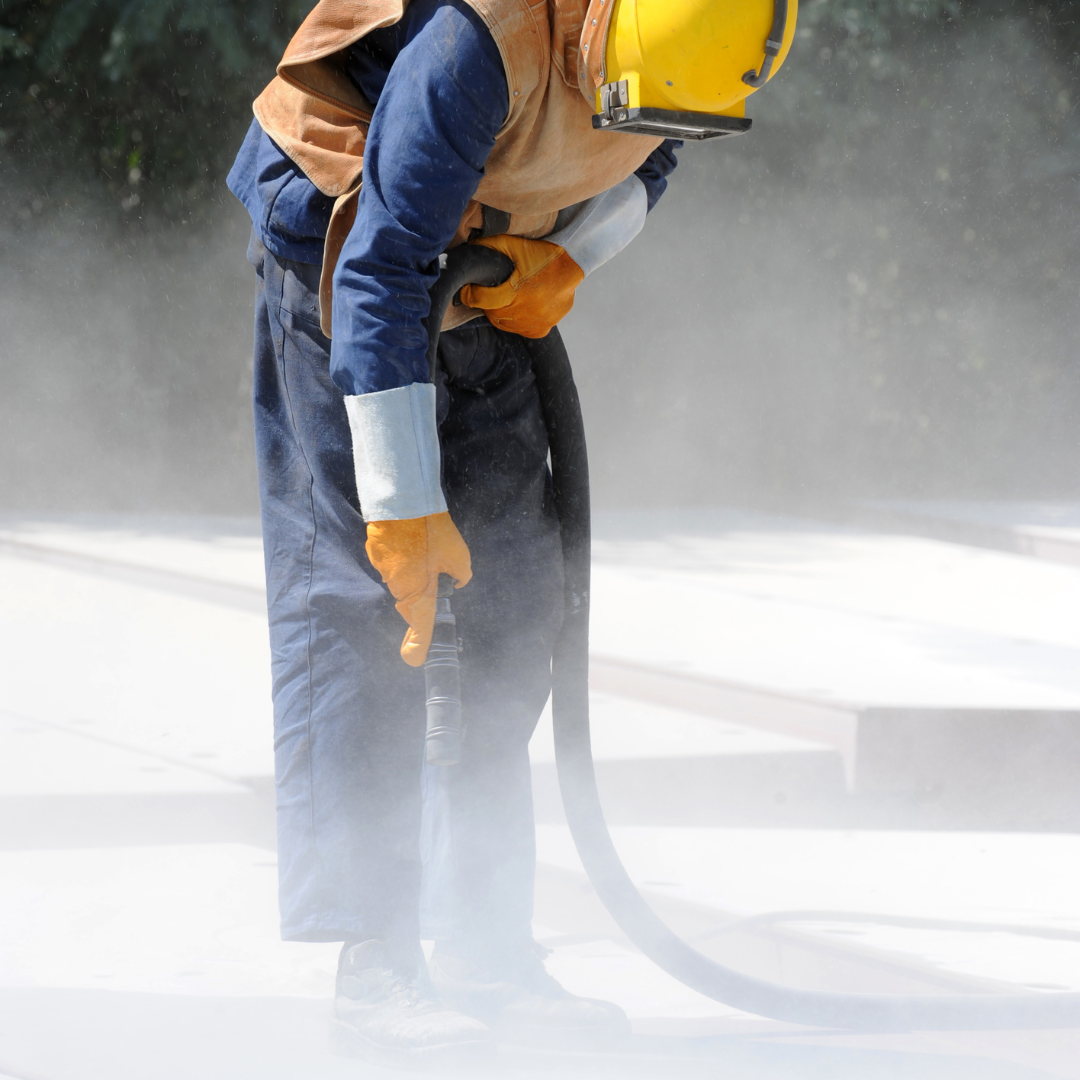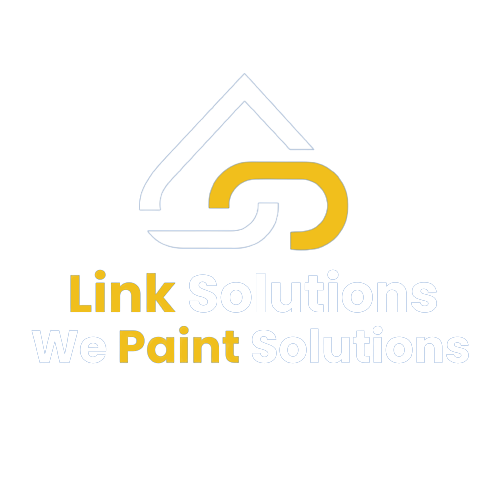Sandblasting and painting: If you have surfaces like metal, concrete, or wood in your Boston home or business, have you ever wondered what it takes to achieve a smooth, long-lasting paint finish?
Well, the secret lies in proper preparation. One of the most effective methods is sandblasting.
In this article, we’ll explore the art of sandblasting and its role in creating a flawless paint finish.

What is Sandblasting and Its Purpose?
Sandblasting, or abrasive blasting, is a surface preparation technique that involves propelling small particles at high velocity onto a surface. This process removes rust, old paint, contaminants, and other unwanted materials, creating an ideal surface for painting or coating.
Importance of Proper Surface Preparation for Painting
Have you ever noticed how a freshly painted surface peels or chips quickly? The Surface needed to be adequately prepared before painting. Proper surface preparation is crucial for ensuring paint adhesion and longevity. Sandblasting is often the go-to method for achieving a clean, rough surface that allows the paint to adhere correctly.
Need for Sandblasting Before Painting for a Long-Lasting Finish
While various surface preparation techniques are available, sandblasting offers unparalleled effectiveness in removing stubborn contaminants and creating a profile that facilitates optimal paint adhesion. By sandblasting before painting, you’re setting the stage for a smooth, long-lasting finish that withstands the test of time.
Sandblasting and painting: What is involved in the Sandblasting Process?
Before diving into the sandblasting process, consider some essential things.
Types of Sandblasting
Sandblasting comes in various forms, each suited for different applications and materials. The most common types include:
- Dry sandblasting: Utilizing compressed air to propel abrasive particles onto the Surface.
- Wet sandblasting: Incorporating water into the process to minimize dust and debris.
- Vapor sandblasting: Combining water and compressed air for a gentler approach.
Equipment and Materials Needed for Sandblasting
To perform sandblasting effectively, you’ll need the following equipment and materials:
- Sandblasting cabinet or portable sandblasting unit
- Compressor and air hose
- Abrasive media (e.g., sand, glass beads, steel grit)
- Personal protective equipment (PPE) such as respirators, goggles, and protective clothing
Safety Precautions and Protective Gear
Sandblasting can be a hazardous process if proper safety measures aren’t followed. Always wear appropriate PPE, including a respirator to prevent inhaling fine particles, goggles to protect your eyes, and protective clothing to shield your skin. Additionally, ensure adequate ventilation and follow all safety guidelines the equipment manufacturer provides.
Sandblasting and painting: Step-by-Step Guide to Sandblasting Surfaces
Ready to tackle your sandblasting project? Here’s a step-by-step guide to ensure a successful outcome:
- Prepare the Surface by removing any loose debris or contaminants.
- Set up the sandblasting equipment according to the manufacturer’s instructions.
- Load the abrasive media into the sandblasting unit.
- Adjust the air pressure and media flow rate based on the surface material and desired finish.
- Begin sandblasting, maintaining a consistent distance and angle from the Surface.
- Periodically check the Surface for the desired profile and remove any remaining contaminants.
- Clean the area thoroughly once sandblasting is complete.
How Can You Prepare the Surface After Sandblasting?
Cleaning and Degreasing the Surface
After sandblasting, cleaning and degreasing the Surface is crucial to remove any remaining dust, debris, or oils that could interfere with paint adhesion. Use a degreasing solvent or a trisodium phosphate (TSP) solution and a clean cloth or brush to clean the Surface thoroughly.
Addressing Any Remaining Imperfections or Defects
While sandblasting effectively removes most surface imperfections, some stubborn defects may remain. Carefully inspect the Surface and address any remaining issues, such as pits, cracks, or dents, using appropriate fillers or repair methods before proceeding to the painting stage.
Priming the Surface (if necessary)
Depending on the surface material and the type of paint you’ll be using, it may be necessary to apply a primer before painting. Primers help promote better adhesion and ensure a smooth, even finish. Follow the manufacturer’s recommendations for the appropriate primer and application method.
What is the process of Painting After Sandblasting?
Choosing the Right Type of Paint
Once your Surface is prepared correctly, it’s time to select the correct type of paint. Consider the Surface’s environment, the desired finish (e.g., matte, semi-gloss, or glossy), and the substrate material. Standard paint options include oil-based, water-based, and epoxy coatings.
Recommended Application Methods
Depending on the size and complexity of the Surface, various application methods may be suitable:
- Spraying: Provides an even, consistent finish and is ideal for large surfaces or intricate details.
- Brushing: Offers excellent control and is suitable for smaller projects or touch-ups.
- Rolling: An efficient method for covering large, flat surfaces.
Tips for Achieving an Even and Smooth Paint Finish
To ensure a flawless paint finish, follow these tips:
- Apply the paint in thin, even coats, allowing each coat to dry completely before applying the next.
- Maintain a consistent distance and angle when spraying or brushing.
- Use proper techniques, such as cross-hatching or overlapping, to avoid missed spots or unevenness.
- Avoid painting in direct sunlight or extreme temperatures, as this can affect the paint’s drying and curing process.
Curing and Drying Times for Different Types of Paint
Different types of paint have varying drying and curing times. For example, oil-based paints generally take longer to dry but offer better durability, while water-based paints dry faster but may require more coats. Always follow the manufacturer’s recommendations for drying and curing times to ensure optimal performance and longevity.
Link Solutions Painting is Readily Available To Help
Now that you comprehensively understand the sandblasting and painting process, it’s time to implement this knowledge. Whether tackling a DIY project or seeking professional services, Link Solutions Painting Company is here to guide you. Contact us on 339-230-7993 right now!!! Google us to see our reviews.


